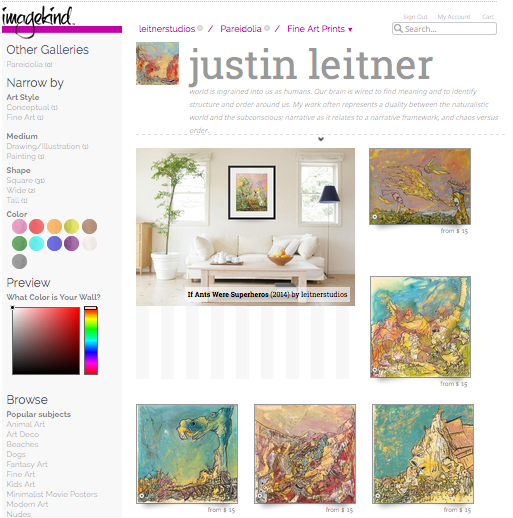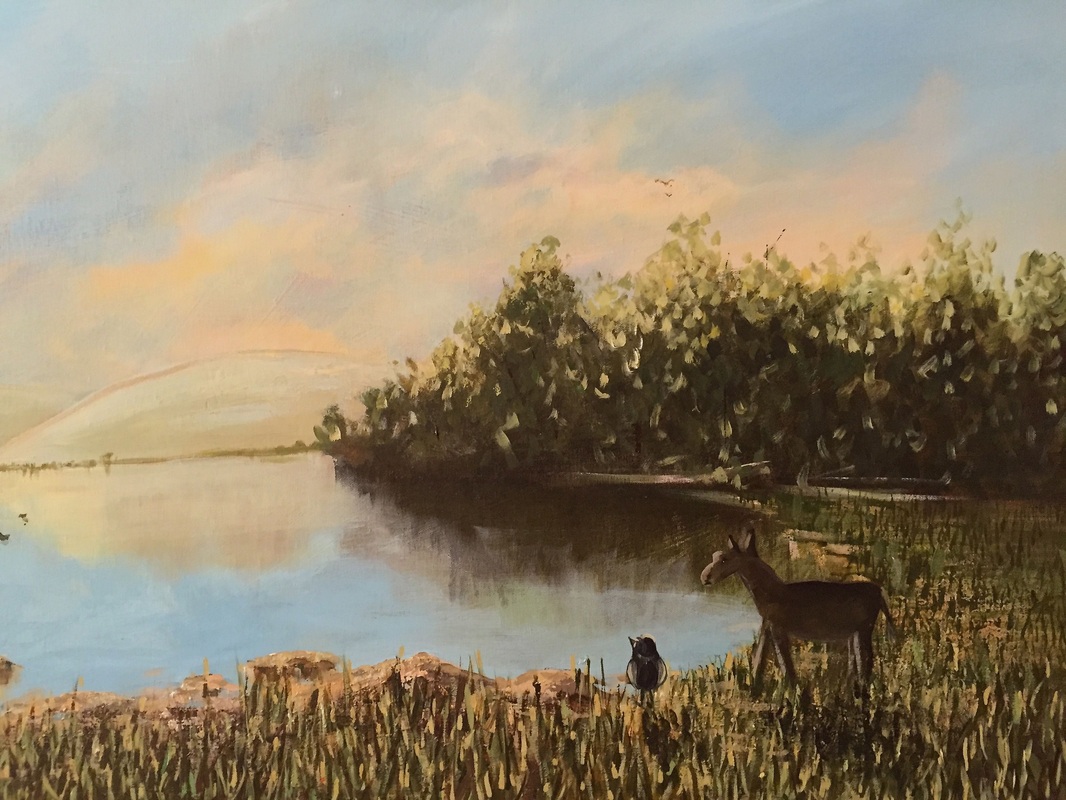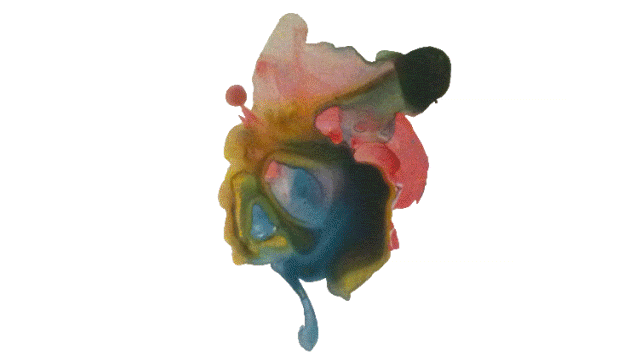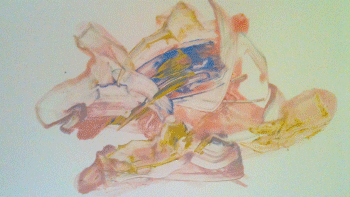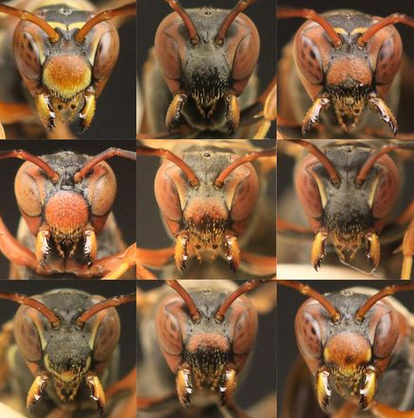 A variety of Polistes fuscatus paper wasp faces. Diagram courtesy Science/AAAS Article By: Brian Handwerk for National Geographic News Published December 2, 2011 Are you one of those people who never forgets a face? You've got some company in the animal kingdom—the wasp. Scientists have discovered that Polistes fuscatus paper wasps can recognize and remember each other's faces with sharp accuracy, a new study suggests. In general, an individual in a species recognizes its kin by many different means. But faces are extremely important to species such as humans, said study co-author Michael Sheehan, a Ph.D. candidate at the University of Michigan in Ann Arbor. "Studies show that when you look at a face, your brain treats it in a totally different way than it does other images," he said. "It's just the way the brain processes the image of a face, and it turns out that these paper wasps do the same thing." (Related: "A 'Competent' Face Helps Win Elections, Study Suggests.") Wasp Face-Learning Reaps Rewards For the study, Sheehan and adviser Elizabeth Tibbetts put wasps of P. fuscatus and P. metricus—a closely related species with a much less complex social structure—in the long stem of a T-shaped maze. Each wasp in the maze was shown two images of faces of other wasps in the same species—one image to the wasp's left and another to its right. The images "acted like signposts, telling [the subjects] which way to go to get their reward, which in this case was a safety zone," said Sheehan, whose study appears tomorrow in the journal Science. Though images and safety-zone locations were constantly changed, "one particular image—face A versus face B—was [always] associated with the safety zone," Sheehan explained. "So they learned, If I go to this face, that's good, but the other face does nothing good for me." Repeating the maze experiments using simple shapes or other images instead of faces showed that the wasps learned far more slowly and not as well when faces weren't involved—emphasizing the insects' special response to face recognition. (See "Sheep Are Highly Adept at Recognizing Faces, Study Shows.") Wasp Face Recognition Helps Keep the Peace The unique, distinct faces of P. fuscatus wasps, as well as the wasps' ability to recognize and remember each others' faces, are likely tied to the insects' multicolony social structure, Sheehan added. "They have multiple queens and they all want to reproduce—they all want to be the most dominant. So being able to recognize each other helps them understand who's already beaten who, who has higher ranking in the hierarchy, and this helps to keep the peace. "When they aren't able to recognize each other, [as] we've shown before, there was more aggression." (Also see "Alien Wasps Abduct, Drop Ants to Get Food.") P. metricus wasps, on the other hand, live in single-queen colonies and "don't need to be able to tell each other apart," he said. Not surprisingly, P. metricus wasps look alike and do not show the same ability for face-learning, Sheehan said. Human-Wasp Parallels? Next, Sheehan hopes to find out how human face perception compares with the ability in wasps. Mammals and wasps have very different eyes, for one thing, and wasp brains are also much smaller and boast far fewer specialized regions. "We'll be investigating the parallels between primates and wasps," he said. "There are thousands of research papers on face learning in people, but we're really only beginning to learn about the wasps." 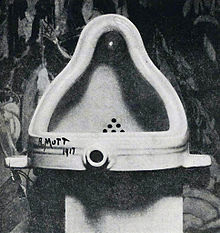 We live in a culture determined by worth. We collect things because of valueness as it relates to currency. Art has become none other than stock exchange- the object has become more important than the concept. But what if art is not an object. What if art was thought of as a bridge that connects multiple realities. The reality, or conceptual creation, can only be attained by traveling this bridge- leading to the sublime. An object is something we understand. It a tangible real thing. “Money culture depends on symbolic reality. It depends on a confusion between the object and what the object represents” (Winterson). Art has become a status symbol, a way to show one’s peers individual net worth. Money culture is a large part of westernized civilization and while capitalists believe art to be an object, or a symbol of wealth- there are still many who view art as an idea, rather than an object. Art can be seen as a valued object because it serves as a physical bridge into the reality of the original creator. Through churches, art served as a bridge into the divine world. Although art is viewed as an object to most, it still has the potential to lead the viewer to the sublime. The sublime is the object, and the concept that creates new truth. Bibliography Winterson, Jeanette. Art Objects: Essays on Ecstasy and Effrontery. New York: Vintage International, 1995. 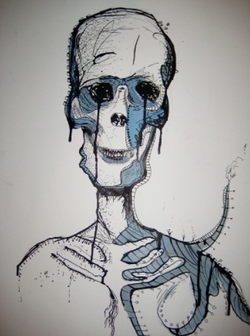 Throughout history, the figure has come to say many things. The representation of the figure should be looked at as a narrative that tells us about cultural changes. There was an unashamed appreciation for the human body until early Christianity depicted many nude figures shamefully covering their defenseless body parts or seen in acts of torture. Being human, the figure is something that makes sense to us. Our minds project the figure onto these still frame representations like clouds or a spot on the wall. We still have a very similar "reason and order" mindset to the Greeks . We project ourselves onto this world (pareidolia) in order to tame nature. The body is used as an expressive tool- the body re-formed. The body reformed into a new meaning, for it is just a representation of a human, not a human. At the point of abstraction, it becomes a recognizable symbol for a human- and therefore a relatable life. Capturing more of a likeness is none other than an optical illusion, and still represents a symbol of a figure. Fragmentation of the figure, like in Jannis Kounellis’s work, is an interesting concept. By fragmenting the figure, it allows the mind to fill in the space between the fragments, allowing for a greater chance of pareidolia to happen. Kounellis’s work plays on the idea of the viewer’s mind creating the figure on its own. As it relates to my work, I use the figure to create a narrative. By finding faces and figures with the use of pareidolia, it helps to make sense of the chaotic brush strokes by finding something that I know to be true. I create fragments, and then using my subconscious, my mind projects “what should be” within the negative spaces. 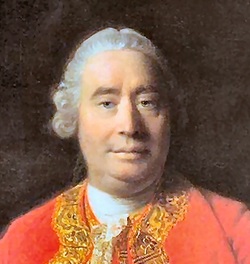 “There is an universal tendency among mankind to conceive all beings like themselves, and to transfer to every object, those qualities, with which they are familiarly acquainted, and of which they are intimately conscious. We find human faces in the moon, armies in the clouds; and by a natural propensity, if not corrected by experience and reflection, ascribe malice or good- will to every thing, that hurts or pleases us.” --David Hume 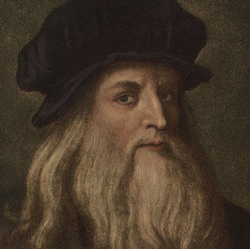 “If you look at any walls spotted with various stains or with a mixture of different kinds of stones, if you are about to invent some scene you will be able to see in it a resemblance to various different landscapes adorned with mountains, rivers, rocks, trees, plains, wide valleys, and various groups of hills. You will also be able to see divers combats and figures in quick movement, and strange expressions of faces, and outlandish costumes, and an infinite number of things which you can then reduce into separate and well conceived forms” -Da Vinci |
Leitner Studios Blog
Author: Justin Leitner
Fine Artist/ Freelance Graphic Designer/ Instructor Archives
November 2019
Categories
All
|
